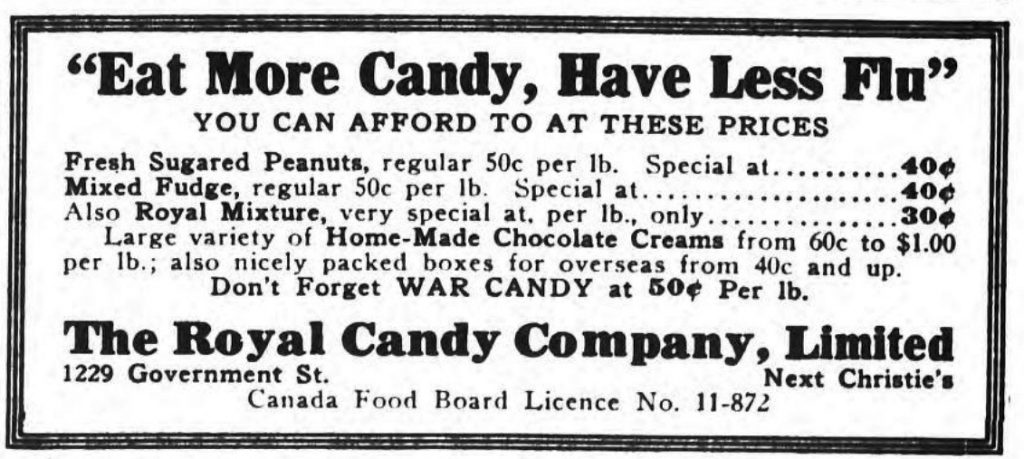Let me be clear, right up front: I hate that we—all around the world—have to endure this pandemic. But as with everything big and small, it’s fuel for writers. Nothing ups the stakes like a global pandemic.
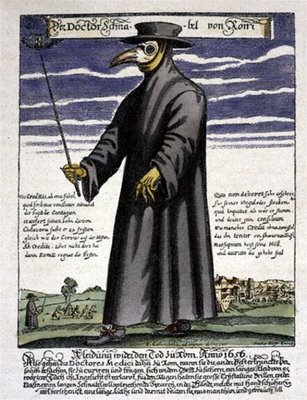
There is a long history of authors writing about society-wide epidemics, both real and fictional. One of the earliest examples is the plague in the Epic of Gilgamesh. A Journal of the Plague Year, by Daniel Defoe, is a first-hand account of the Bubonic Plague that devastated London in 1665. More examples of literary illnesses are below some important information from the Center for Disease Control and the World Health Organization.
Although you’ve no doubt heard much of what follows, I will nonetheless provide the cautions from the CDC website. According to the CDC, the virus is thought to spread mainly from person-to-person, and everyone should TAKE STEPS TO PROTECT HIM/HERSELF.

Clean Your Hands Often
- Wash your hands often with soap and water for at least 20 seconds (twice through the Happy Birthday song) especially after you have been in a public place, or after blowing your nose, coughing, or sneezing. (Remember thumbs, backs of hands, and between fingers.)
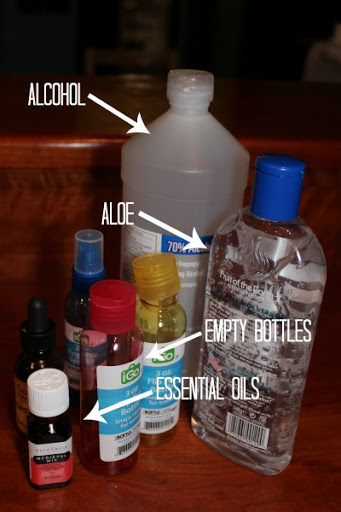
- If soap and water are not readily available, use a hand sanitizer that contains at least 60% alcohol. Cover all surfaces of your hands and rub them together until they feel dry.
- Writers note: at this time, there is a run on hand sanitizer. Suppose your character looks online for a DIY recipe (2/3 cup 99% rubbing alcohol [isopropyl alcohol] or ethanol; 1/3 cup aloe vera gel; 8-10 drops essential oil, optional) and has a panic attack trying to find the ingredients.
- Writers note: some people are allergic to hand sanitizer and can only use the soap and water method. What would they do if hand washing facilities were not available?
- Avoid touching your eyes, nose, and mouth with unwashed hands.
- Writers note: on average, people touch their faces 20 times an hour (women typically touch their faces more than men; people with glasses touch their faces more). Consider a non-obsessive/compulsive person trying to follow even these three guidelines. Would thinking about it make them touch their face even more? Or consider a character who chooses not to do these things, or not to do them conscientiously.
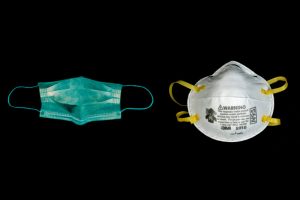
- If you are NOT sick, you do not need to wear a facemask unless you are caring for someone who is sick (and they are not able to wear a facemask). Facemasks may be in short supply and they should be saved for caregivers.
- The two most common types of facemask are those shaped like a rectangular piece of folded paper and those shaped like a cup. The cup-shaped masks are more effective, and they should be reserved for people in the most risk of infection.
- Writers note: what if someone who needs facemasks can’t get them?

Avoid Close Contact
- Avoid close contact with people who are sick.
- Writers note: what if the sick person is a spouse or child? Is the child old enough to understand why there are no hugs? Does your character avoid or not? And how does the sick person feel about that?
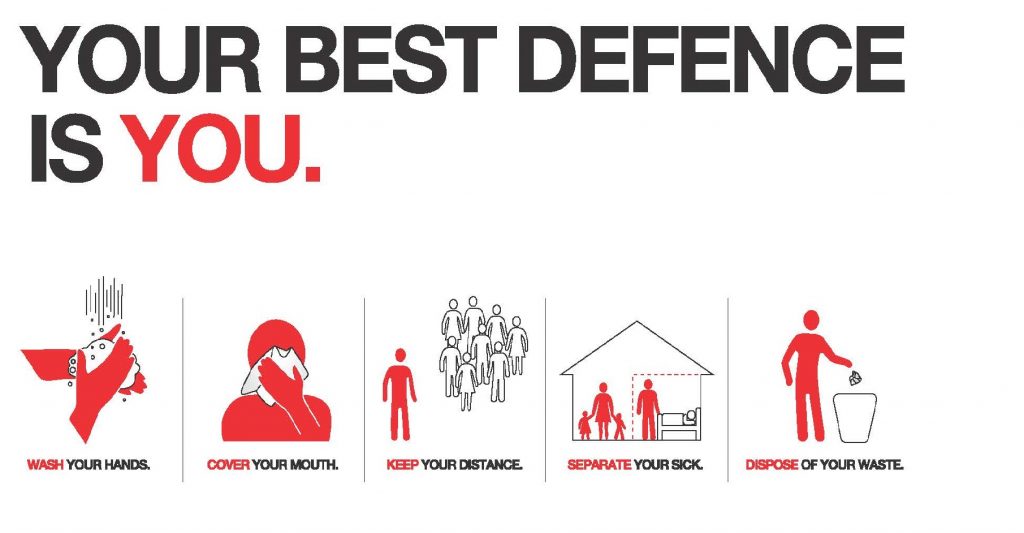
- Put distance between yourself and other people if COVID-19 is spreading in your community. This is especially important for people who are at higher risk of getting very sick. The recommended distance is at least 6 feet.
- Writers note: what if your character is a health-care provider, first responder, police officer, bus driver, or … ?
- Also note: people at higher risk are those with pre-existing conditions (like heart disease, etc.) and anyone 60 or over. What if your character is high risk?
- Plot point: what if an otherwise healthy characters becomes an unwitting carrier for the virus, spreading it to someone who would otherwise have been safe?
Take Steps to Protect Others
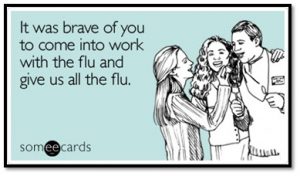
Stay Home If You’re Sick
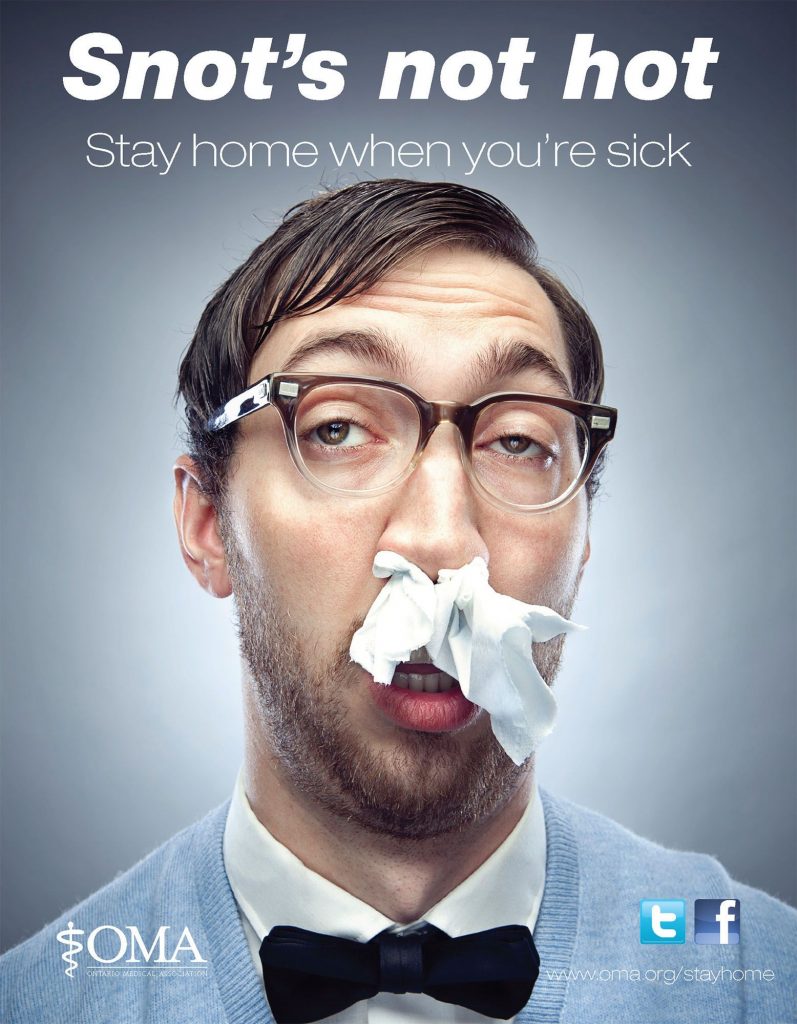
- Stay home if you are sick, except to get medical care. Learn what to do if you are sick.
- Call ahead: If you have a medical appointment, call the healthcare provider and tell them that you have or may have COVID-19. This will help the healthcare provider’s office take steps to keep other people from getting infected or exposed.
- Isolate yourself: people who are mildly ill with COVID-19 are able to isolate at home during their illness. You should restrict activities outside your home.
- Stay at home until instructed to leave: Patients with confirmed COVID-19 should remain under home isolation precautions until the risk of secondary transmission to others is thought to be low.
- Talk to your healthcare provider: The decision to discontinue home isolation precautions should be made on a case-by-case basis, in consultation with healthcare providers and state and local health departments.
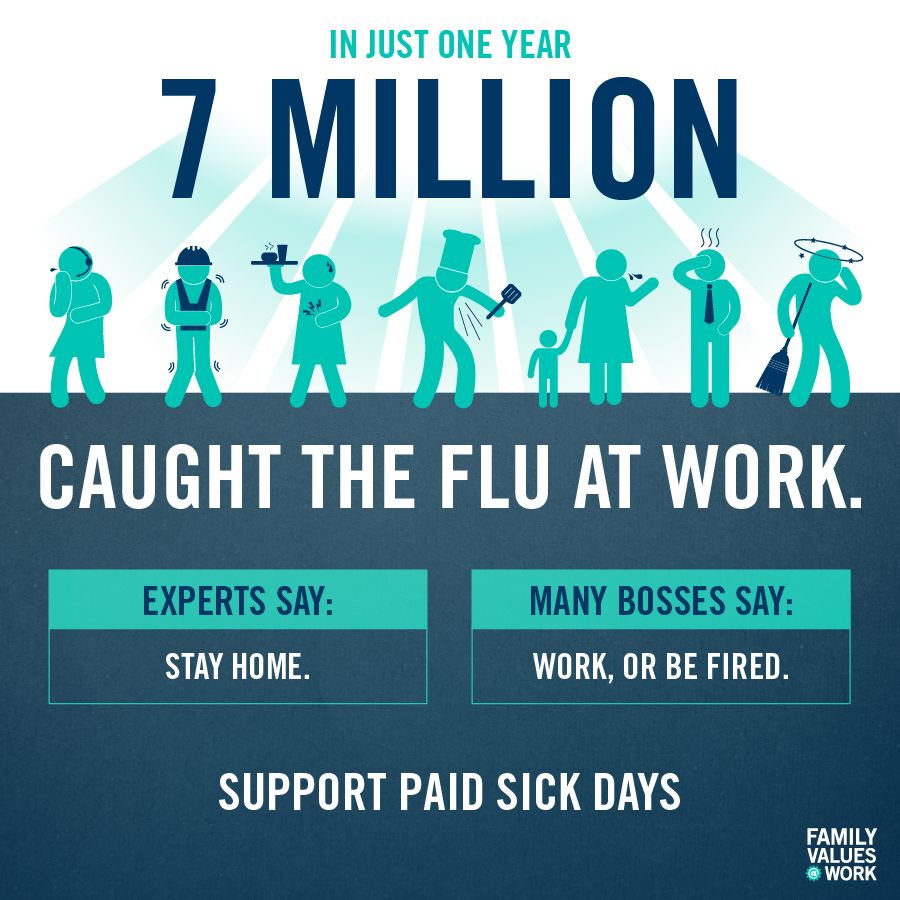
- Avoid public areas: Do not go to work, school, or public areas.
- Avoid public transportation: Avoid using public transportation, ride-sharing, or taxis.
- Writers note: tension points for employed people (and/or partners and children) are obvious. And what about childcare? And school children who rely on breakfast/lunch programs?
- But for writers, staying home could be handy writing time!
Stay Away From Others
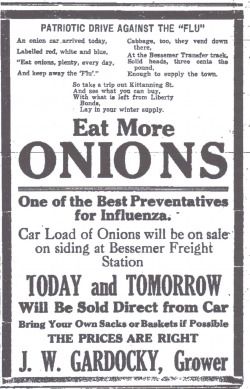
- Lock yourself in: as much as possible, you should stay in a specific room and away from other people in your home. Also, you should use a separate bathroom, if available.
- Limit contact with pets & animals: You should restrict contact with pets and other animals while you are sick with COVID-19, just like you would around other people. Although there have not been reports of pets or other animals becoming sick with COVID-19, it is still recommended that people sick with COVID-19 limit contact with animals until more information is known about the virus.
- When possible, have another member of your household care for your animals while you are sick. If you are sick with COVID-19, avoid contact with your pet, including petting, snuggling, being kissed or licked, and sharing food. If you must care for your pet or be around animals while you are sick, wash your hands before and after you interact with pets and wear a facemask.
- Writers note: how will your character get food, medicine, toilet paper, … ?

Cover Coughs and Sneezes
- Cover your mouth and nose with a tissue when you cough or sneeze or use the inside of your elbow.
- Throw used tissues in the trash.
- Immediately wash your hands with soap and water for at least 20 seconds.
- If soap and water are not readily available, clean your hands with a hand sanitizer that contains at least 60% alcohol.
- Writers note: consider a character who is bullied or shunned because of seasonal allergies.
- Writer’s note: in many countries, blowing one’s nose in public is considered as rude as farting loudly in church. How does a character in such a country stem the drip safely?
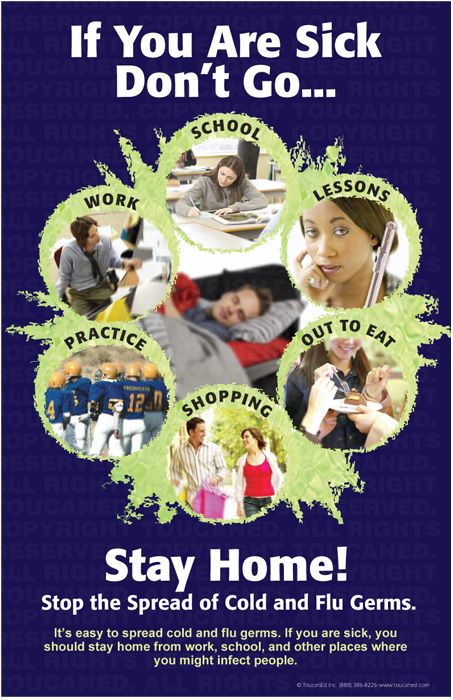
- If you are sick: You should wear a facemask when you are around other people (e.g., sharing a room or vehicle) and before you enter a healthcare provider’s office.
- If you are not able to wear a facemask (for example, because it causes trouble breathing), then you should do your best to cover your coughs and sneezes, and people who are caring for you should wear a facemask if they enter your room. Learn what to do if you are sick.
- Writers note: not just any facemask. It must be one that hugs the bridge of the nose and the area around the mouth. So what if a sick person uses the wrong type of facemask?
- Monitor your symptoms
- Seek medical attention: seek prompt medical attention if your illness is worsening (e.g., difficulty breathing).
- Alert health department: ask your healthcare provider to call the local or state health department. Persons who are placed under active monitoring or facilitated self-monitoring should follow instructions provided by their local health department or occupational health professionals, as appropriate.

Clean and Disinfect
- Clean AND disinfect frequently touched surfaces daily. This includes tables, doorknobs, light switches, countertops, handles, desks, phones, keyboards, toilets, faucets, and sinks.
- Writers note: would your character do this or not? Or interfere with someone else doing it?
- If surfaces are dirty, clean them: Use detergent or soap and water prior to disinfection.

Pandemics Past and Present (Fiction and Non-Fiction)
As promised, here are some of the other authors who have written about illness sweeping through society and the ripples that spread out.
- World War Z by Max Brooks
- Unlike most zombie narratives, this book follows the entire course of a zombie plague, from Patient Zero to the eventual reconstruction of society. The “historical narratives” are provided by characters from every background and every part of the world. For an extra amazing experience, check out the audio-book, with actors from many countries providing a range of voices and accents.
- Year of Wonders by Geraldine Brooks
- Set during the Bubonic Plague in 1666, this is a historical fiction account of a rural English village that quarantined itself to prevent the spread of plague to surrounding areas. The characters and most of the their interactions are fictional, but the story of the quarantined village is true.
- The Old Drift by Namwali Serpell
- Following the history of Zambia from the end of the colonial era, the author covers in haunting detail the toll that HIV/AIDS has had on the country. She writes from unfortunately first-hand experience of losing an entire generation of Zambians.
- A Journal of the Plague Year by Daniel Defoe
- Defoe published this account of London in 1665-1666 as a warning to later readers. He included lists of how many people died in each parish, how entire households were forcibly quarantined, the morning dead carts being pulled through the streets (and what was likely to happen if you fell asleep on the sidewalk!), and lots of individual stories of the people around him in London.
- The Two Princesses of Bamarre by Gail Carson Levine
- Young adult fantasy novels and horrific plagues are not common bedfellows (bookfellows?), but Levine has included a twist on the typical hero’s journey, a fabulous protagonist, and interesting side-quests. Still, behind all the heroism and romance is the inescapable dread and death that affects every member of society.
- Survivors by Terry Nation
- This was a television series in the 1970s, made into a novel by Terry Grant, and then made into another television series based on the novel in the 2000s. Except for the very beginning, Survivors deals with the aftermath of a pandemic that wiped out most of the world population; characters have to adapt to a society with no law or order.
- Pale Horse, Pale Rider by Katherine Anne Porter
- This short novel is set around the Spanish flu pandemic in 1918 and focuses on a young woman falling in love with a soldier, as both influenza and World War I threaten to destroy their entire world.

Bottom line for writers: any calamity can be good for writers—both fiction and non-fiction writers. Consider the daily news: quarantined cruise ships, all passengers aboard; quarantines for nursing homes and senior living facilities; schools and colleges closing. And the spin-off of people preparing to be quarantined, causing panic buying of hand sanitizer, disinfectants, toilet paper, frozen foods, disposable diapers, etc., etc., etc.
